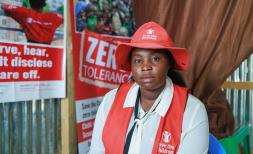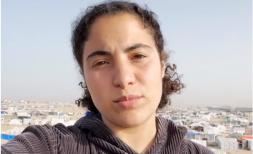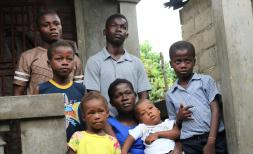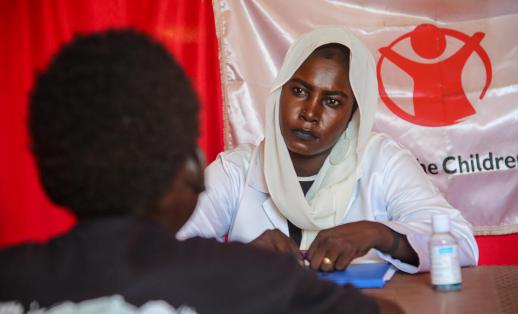THE WORSENING CHALLENGES CHILDREN WILL FACE IN 2023
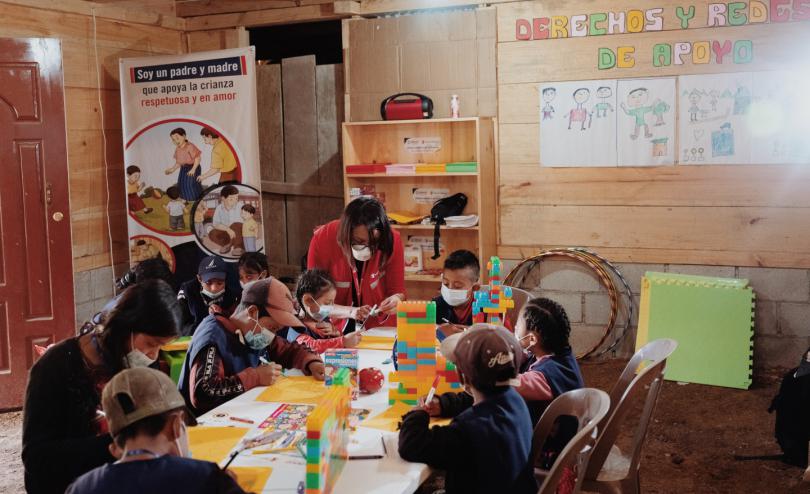
Children playing games in a Save the Children Child Friendly Space in Quiche region, Guatemala.
One billion children are denied their fundamental right to life’s most basic building blocks: education, safety, good healthcare and nutrition.
Save the Children’s Humanitarian Response Plan for 2023 reports there are more children in need of support than ever before. Unfortunately this comes as no surprise amidst a global hunger crisis, rising costs of living, the destabilisation of major world systems including climate dysregulation, and the erosion of human rights frameworks. This catastrophic combination is creating a world in flux, driving conflict, displacement, economic shocks, food insecurity, and a deterioration of international human rights norms.In 2023, 339 million people will require humanitarian assistance, this is nearly a 24% increase in need compared to 2022. Children's right to survive, be protected, and have access to an education remains under threat as a result of COVID-19, conflict and the climate crisis, and it will be the most vulnerable who will continue to suffer as a result of restrictions on humanitarian access.
Humanitarian organisations and charities like ours will face worsening challenges in responding to and preventing crisis. Save the Children will need $1.3 billion to reach 30 million people in need, including 17.3 million children, across44 countries, as outlined in our humanitarian response plan. Therefore, we are calling for institutional donors to increase their funding and commitments to children and their families so Save the Children can provide anticipatory and adaptive action to keep children safe, happy and fed.
As we continue to experience global economic instability, children are living in the worst global cost of living crisis in a generation. One in two children are growing up in poverty meaning over one billion children are denied their fundamental right to life’s most basic building blocks: education, safety, good healthcare and nutrition. In every country Save the Children supports we expect food insecurity to increase in 2023, leading to an additional 13.6 million children unable to play, learn, study, and grow due to severe acute malnutrition. For example, 12 year old Sagal takes his 4-year-old younger brother, Emmanuel, to school every day to share his school lunch of posho (maize porridge) and beans.

Sagal ,10, sits with his 4-year-old brother, Emmanuel, as they wait for lunchtime at a community school in the Karamoja region of North Eastern Uganda.
This food insecurity is forcing families to take unimaginable and desperate measures including withdrawing their children from school, and sending children to work, or forcing young girls into early marriage. This includes families such as Abdul-Ahad*’s. Abdul-Ahad used to grow enough food to provide a comfortable life for his eight children, but everything changed after the land was ravaged by the drought that hit Afghanistan last year. He was forced to sell his land and animals, and had to borrow money for food. Unable to find work, and with food prices soaring, Abdul-Ahad had no choice but to send his 12-year-old son, Nawaz*, to work in the market. With the money that Nawaz earns, the family can just about afford one meal a day. These heart-breaking stories are not rare. In areas of conflict and insecurity, some children may be recruited into armed groups or gangs with the promise of food and protection, exposing them to devastating violence and harm. These circumstances then lead to further issues such as barriers to education, impacting an entire generation of children.
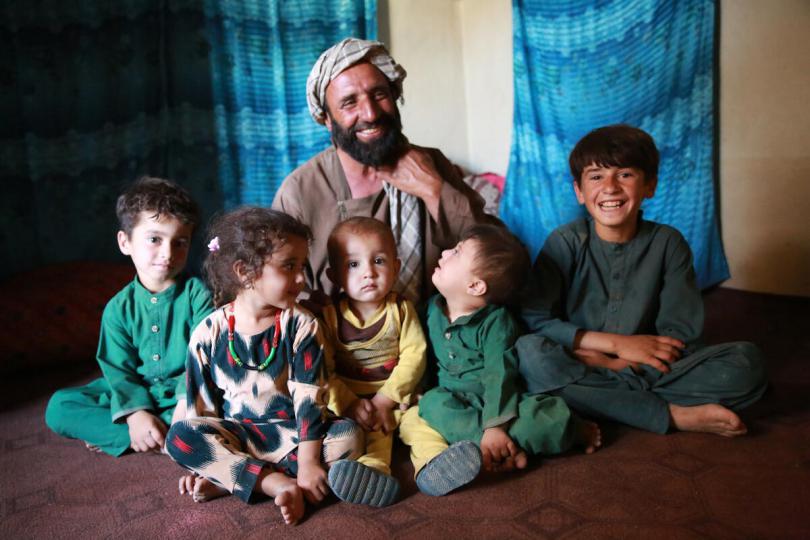
Abdul-Ahad*, 50, with his children at their home in Balkh Province, Afghanistan.
Climate change is also becoming an increasing threat to the lives of children now and of future generations. Climate related droughts and flooding destroy crops, livestock and livelihoods. In Guatemala, a young girl, Juana, lives with in her family home, nestled between sweeping mountains, where the landscape is covered by green and brown foliage, seared by the sun. The heat is a constant presence in the Dry Corridor (a drought prone region of Guatemala).
“It is difficult to live here,” Juana explains, “There are times, in summer, when there is no rain. It’s harder because there is no corn, there is no harvest.” Climate change is driving crop failure across Guatemala highlighting the urgency of building and sustaining household economic resilience.
Sadly, Juana is just one child out of a shocking one billion children living in 1 of the 33 countries classified as at extremely high risk of climate change impacts. It is the poorest children who will pay the highest price. The climate crisis is a children's rights crisis.
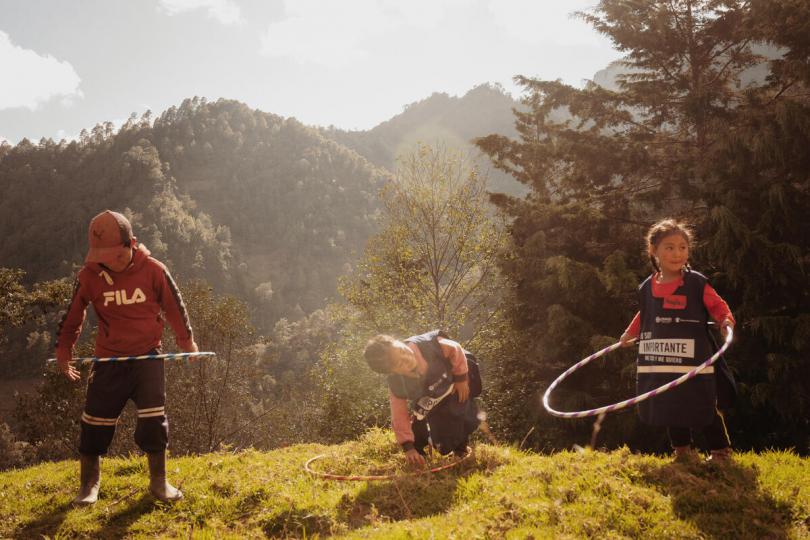
Juana, 5 and her sisters Elías, 12, and Feliciana, 6, play with hula hoops outside a Save the Children Child Friendly Space in Quiche district, Guatemala.
Whilst these challenges are daunting, hand in hand with our supporters, partners and governments, we are an unstoppable global movement of people – all committed to protecting children’s rights. We will continue to accelerate and amplify impact, repair the broken and unequal systems that are hurting children today, and build new solutions to overcome the largest threats to children. In order to do this, we must put children at the centre of our operations.
Save the Children is ready to scale up support to humanitarian crises. In partnership with local and national actors, we will amplify children’s voices, deliver anticipatory action and humanitarian assistance, roll out emergency support and continue to work towards our goal that ensures every child has a healthy start in life, has access to education, is protected from violence and has a resilient support network.

